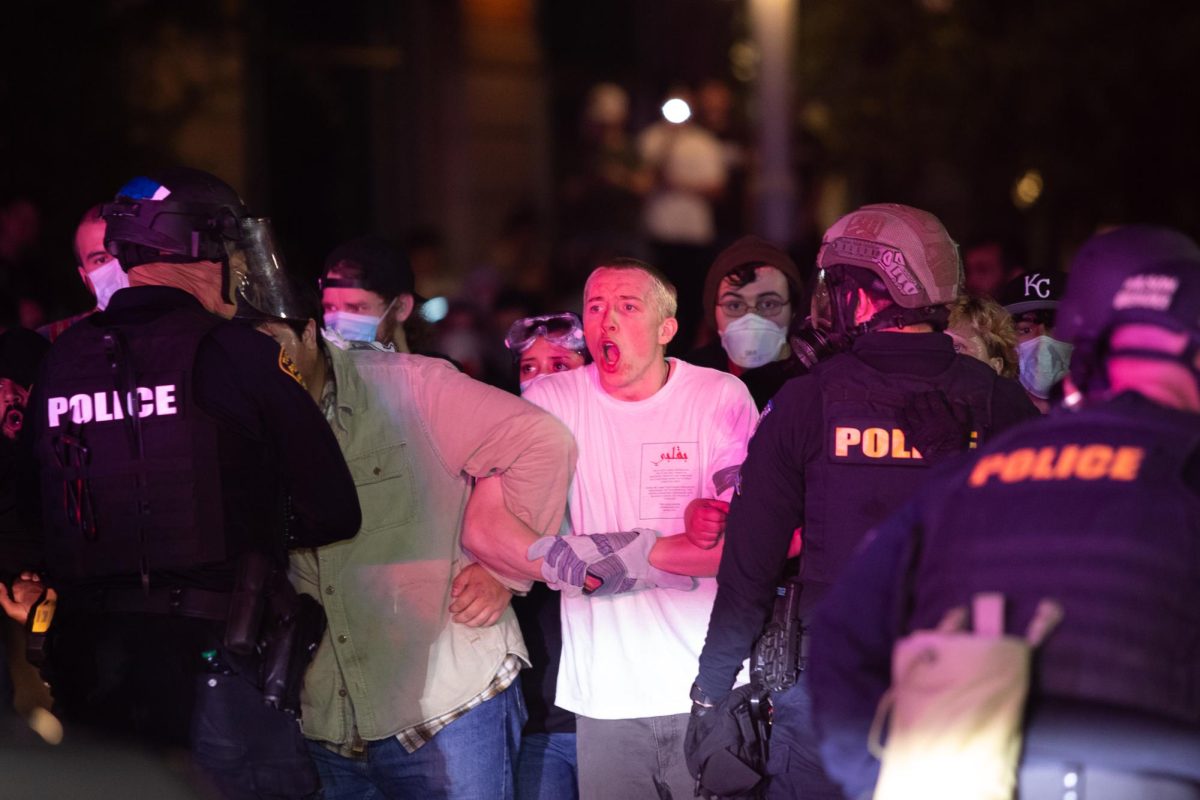Saving the students
Democrats in the U.S. House of Representatives passed a bill that could cut student loan interest rates, but rumors are swirling that the White House might veto the measure. Is the interest rate cut sufficient to help students? Or is just a continuation of the status quo that does nothing to increase access to higher education?
Interest rates only seem high because seniors watched them skyrocket from 2.8 percent when they were freshmen to 6.8 percent today. Rates were even higher than this for seven of the past 15 years, and the 15-year average is right around 6 percent. Slashing rates below historical levels won’t do much to improve access to college. Instead, Congress should restore rules allowing students to discharge their defaulted student loans in bankruptcy. Underprivileged kids are scared to try for a college degree – and rightly so, knowing that the diploma isn’t guaranteed, and that the loans will hound them to the grave.
– Shane Ham is a first-year law student.
What Democrats did in their “”First 100 Hours”” agenda was an unquestionable success, chief among which, for college students, was the passage of this interest-rate decrease for student loans. If passed by the Senate and signed by the president, students now and in the future will see an immediate difference. It may seem like it is not enough, but we have to start somewhere. Reducing rates can make college more affordable for the middle class. Next: improve accessibility for low-income students, for whom college loans are prohibitive. This is just one step, but a very important one.
– Sam Feldman is a political science junior.
Sticks, stones … and blogging?
According to The Wall Street Journal, school officials are having to confront a new problem in high schools across the nation – “”cyberbullying,”” or bullying that occurs over the Internet. Parents are demanding that schools step in to protect children, but civil libertarians claim that it’s an infringement on free speech and personal liberty. What should school administrators do?
Schools have an obligation to protect students from harassment and bullying. Kids have always picked on each other, and teachers have always had to pull them apart by their collars. Thanks to technology, bullying has taken a new form, and teachers have no collars to grab. Cyberbullying is mostly off-campus, but students have to interact while they are at school, face-to-face, with no Internet identities to hide behind. Ultimately, that interaction off-campus carries over onto campus. This affects the school environment, where students should feel safe and comfortable. Consequently, administrators have more than a right to get involved; they have an obligation.
– Chelsea Jo Simpson is a journalism sophomore.
Cyberbullying has too far of an effect on the safety of schoolchildren to be ignored, First Amendment rights aside. The Supreme Court ruled that a student’s First Amendment rights can be limited if his speech causes “”substantial disruption”” at school. Cyberbullying certainly falls under this category. Students have reported being afraid to go to school because of online postings. Maybe if school officials had been monitoring the Web back in 1999, they would have caught the disturbing messages of Eric Harris and Dylan Klebold. So, in order to prevent another Columbine, it is in the school district’s best interest to stop cyberbullies.
– Jessica Wertz is a senior majoring in psychology and family studies and human development.








